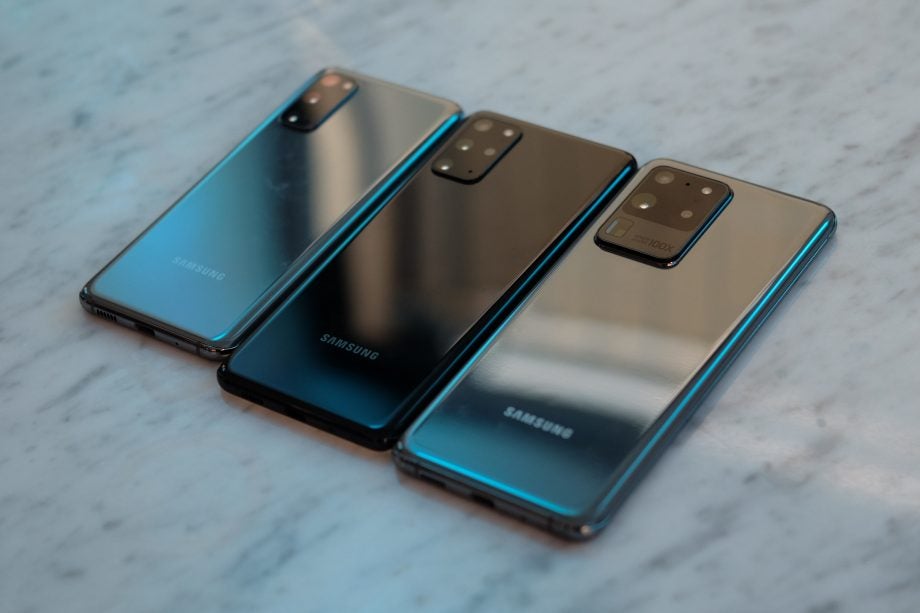Samsung’s taken a key step to make smartphones way faster – here’s how

Samsung has begun mass producing its next generation mobile memory units, promising the parts will make new flagship phones significantly more powerful.
The company announced it has started mass producing its new 16GB LPDDR5 mobile DRAM in a press release on Tuesday. The 16GB is the new top dog in Samsung’s mobile memory lineup.
Samsung claims, as well as being significantly more powerful than the firm’s previous 12GB LPDDR5 units, the new part will also add 5G and AI features to help improve phones gaming graphics and smart photography.
Related: Best smartphone
Samsung senior vice president of memory sales & marketing Cheol Choi listed the news as a key step in Samsung’s mobile growth plans.
“Samsung has been committed to bringing memory technologies to the cutting edge in allowing consumers to enjoy amazing experiences through their mobile devices. We are excited to stay true to that commitment with our new, top-of-the-line mobile solution for global device manufacturers,” he said.
“With the introduction of a new product lineup based on our next-generation process technology later this year, Samsung will be able to fully address future memory demands from global customers.”
Related: Best gaming phones
Specs-wise there is evidence to support Samsung’s claim, with the memory offering users 5500Mb/s speeds and being built with a 10nm manufacturing process. In non techie terms, this means phones will be able to sift through data way faster than they previously could, if they use the new part. The smaller manufacturing process should also make the part much more energy efficient.
The news comes during a widespread push to boost mobile gaming. Numerous handset makers have released gaming phones over the last three years. These have included gaming heavyweights, like Razer and Asus, as well as more mainstream companies, like Samsung and OnePlus.
The phones feature a number of gaming focussed features, like high refresh rate 90Hz and 120Hz screens and special overclocking modes.
Numerous game streaming services have also hit the scene over the last 12 months. These include Google Stadia and Nvidia GeForce Now. The services let users stream triple-A games, like Destiny 2, over the cloud.
Chip maker Qualcomm is also looking to boost the mobile gaming market. The firm loaded its latest Snapdragon 865 CPU with a wealth of new features designed to improve mobile games’ graphics.


